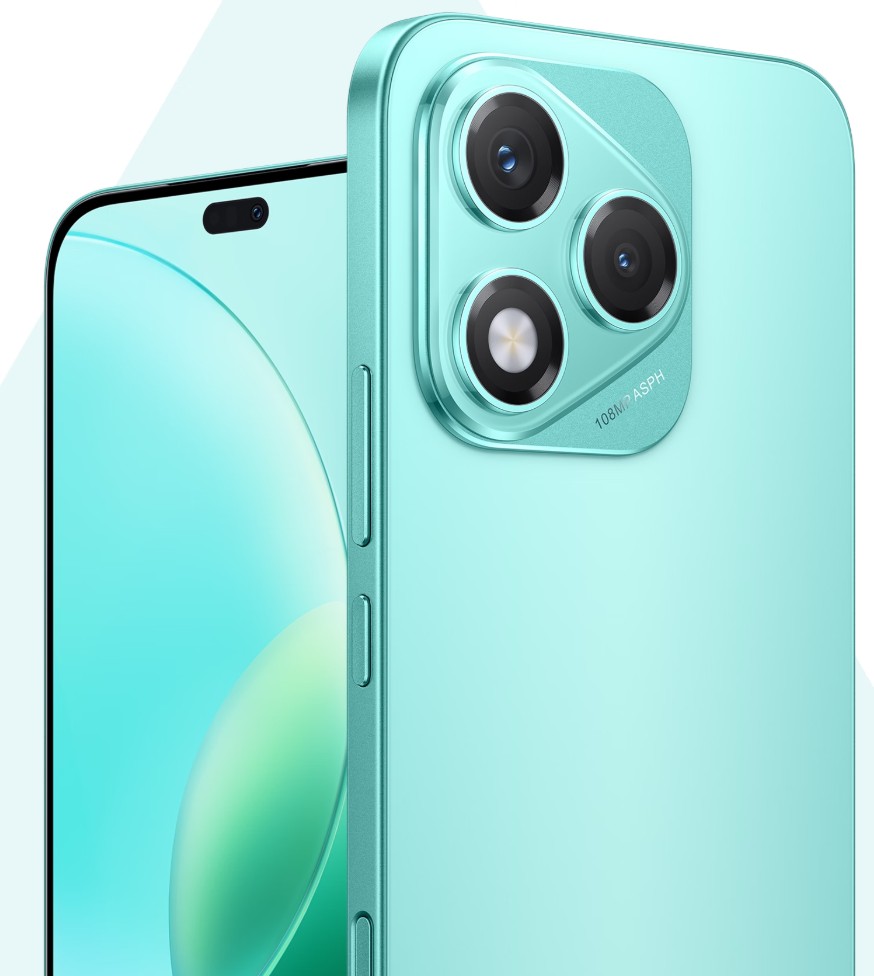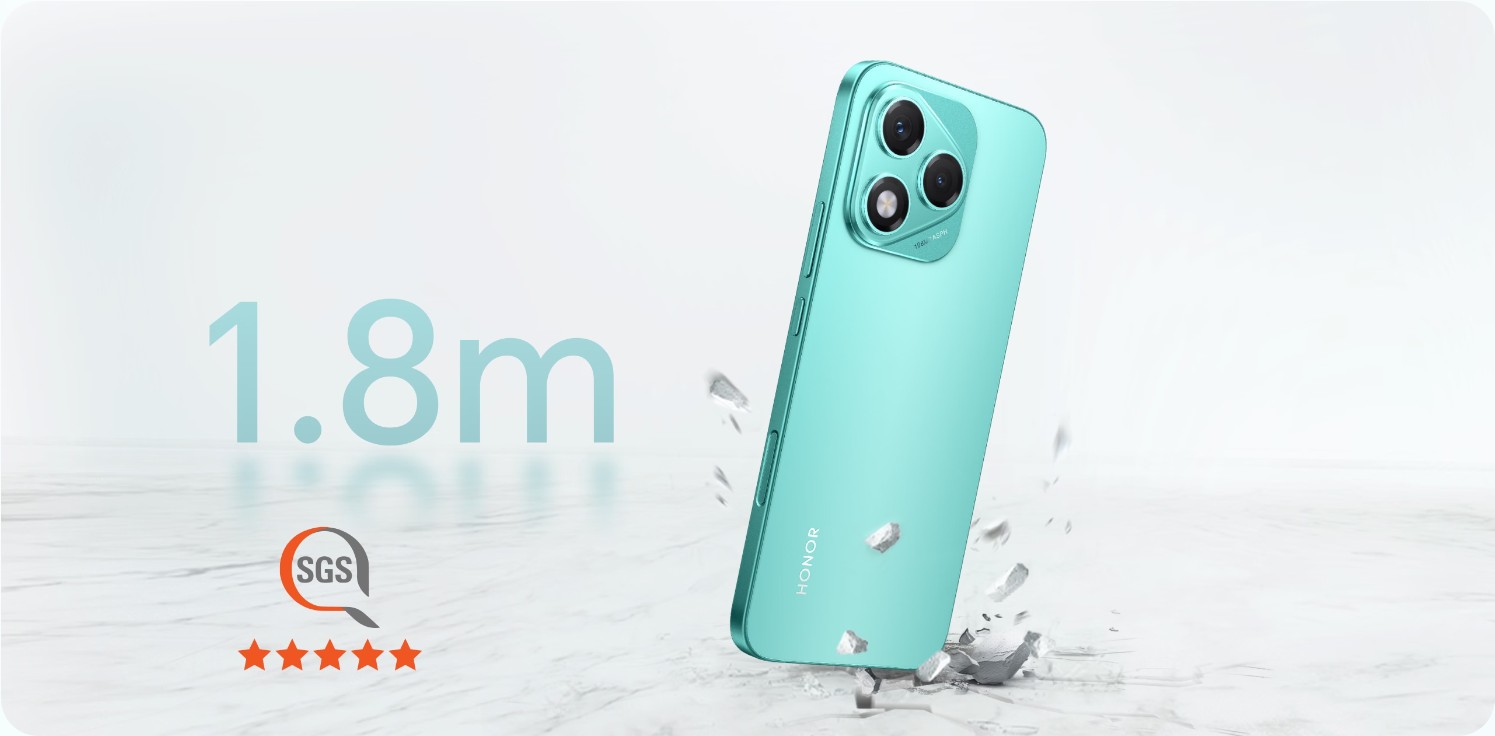
It is important to look for features that satisfy real demands when purchasing a smartphone. Based on your daily schedule, make your choice. Think of the things you do most often: browse, stream, take pictures, play games, or use your battery. Also, think about long-term value and budget. By setting clear priorities, unnecessary specs can be avoided. This manual pertains to the most important areas. Develop your ability to evaluate battery, display, performance, and use-case specifics. Finally, you'll receive eco-friendly and additional guidance. Continue reading to buy a smartphone in a smart and enjoyable way.
Which Features Matter Most?
Display & Size
The display on a phone impacts how you use it. You will be watching videos, reading text, and tapping controls. Choose a size that will accommodate both your hand and your pocket. Higher resolution improves image sharpness. Brighter displays are more suitable for usage outdoors. Consider the refresh rate as well; higher rates make scrolling seem smoother. Maintain balance: a large, bright, and rapid screen might drain the battery. Choose a display that looks excellent to you and is comfortable to handle. Try it in person if possible. Your eyes and hands will appreciate you with a longer, more enjoyable use.
Performance: Processor, RAM & Storage
A powerful CPU helps programs work smoothly. You need adequate RAM to switch tasks without latency. Insufficient storage slows down your phone and restricts file storage. If you have a large collection of images, films, or games, choose at least 128 GB. Ensure that the CPU is recognized for its efficiency and future-proof performance. Avoid low-end processors that struggle to upgrade. More RAM also improves multitasking. You won't regret investing a little extra in superior specs—you'll have a smoother experience for years instead of feeling stuck.
Battery & Charging
You rely on your phone throughout the day. You need a battery that will endure through work, travel, and pleasure. Look for capacities of 4,000 mAh or greater. Better: look at actual user reports for endurance, not just raw data. Fast charging saves time; seek 25 W or higher. Wireless charging is convenient whether you use it at home or at work. Consider battery longevity—select a brand that offers strong assistance for battery health management. A good battery and charging configuration means you won't have to rush to plug in midway through the day.
How to Choose Based on Use Case?
Photography & Cameras
Some individuals acquire cellphones primarily for photography. Prioritize sensor quality and picture processing. Choose systems with optical image stabilization to get crisper images in low light. If you enjoy being creative, look for manual controls and strong video options. Read real-world camera reviews and see example photographs. Don't rely just on megapixel count; software is more important. If you post on social media, try using ultra-wide or portrait settings that fit your style. A dependable camera system allows you to record situations clearly and effortlessly, with more consistency.

Gaming & Performance Needs
For gaming, you need fast CPUs, GPUs, and displays that respond quickly. To minimize throttling when performance matters, you should get a phone like the HONOR 400 Lite that cools off quickly. Displays with a high refresh rate (90–120 Hz) make games run more smoothly. For quick game loading, make sure your thermal management, RAM, and storage speed are all good. Instead of fake exams, look at the results from real games that you want to play. Performance in the real world is more important. Battery drain is also important, so search for models that have decent discharge rates while they're under stress. A phone that is ready to play games remains cool, works smoothly, and lets you play for longer.
Durability, Build & Repairability
A sturdy phone can withstand regular wear and tear. You should search for water and dust classifications, such as IP68. Glass backs are aesthetically pleasing, but they scratch easily; gorilla-glass or substitutes can assist. Some companies have modular or readily repaired designs. Check repair guidelines or part pricing; DIY or local retailers may charge less. A metal frame increases drop resistance, although plastic may withstand minor wear. Consider warranty conditions and the brand's service network. A phone that remains functional and secure after a year of drops and scratches will save you money and problems in the long run.

What Practical Choices Should You Make?
Operating System & Ecosystem
Android provides a wide range of hardware alternatives to suit different preferences and budgets. It offers greater customization possibilities, including third-party applications, widgets, and custom ROMs. Android also allows for a wider range of backup solutions and greater flexibility in app distribution. It's vital to examine how long the device brand will support software upgrades, since this affects security and features over time. A gadget with extended security patches provides long-term safety and functionality. By choosing the correct environment, you may save setup time and eliminate inconveniences caused by incompatible apps or peripherals.
Budget and Value
You should avoid overspending on features you will not utilize. Set your maximum price first. Compare mid-range options—they frequently provide flagship-level performance for far less. Look for bargains, reconditioned models, or previous year's flagships. Check the value in terms of upgrades, construction quality, and resale. Phones with strong cameras and batteries continue to cost less after a year if you buy carefully. Do not pursue specs only to get a number. Focus on the things you require—spend wisely, get the most useful features, and prevent buyer's regret.
Connectivity, Future-Proofing & Extras
You want a phone that will last several years. Make sure it supports the 5G bands that your carrier utilizes. For range and reliability, use Wi-Fi 6 or newer, as well as Bluetooth 5.x. Extras like NFC, IR blaster, stereo speakers, or a headphone jack are important depending on your usage. MicroSD expandable storage provides more flexibility. Dual SIM cards are suitable for both travel and business use. Some manufacturers have software features such as eSIM support and satellite messaging. These extras may be more expensive, but they ensure that your phone remains relevant as networks improve and your demands change. You will thank yourself later.
Conclusion
Focusing on the proper characteristics allows you to successfully pick a new smartphone. Begin with display comfort, performance, and battery life. Match the model's strengths to your primary application—camera, gaming, or tough use. Then consider the practical options: ecosystem, budget, and long-term worth. Don't just seek specs or showy designs; instead, look for something that matches your needs and lasts. Testing in person is still beneficial if feasible. A careful selection saves money and provides long-term enjoyment. You'll receive a device that seems custom-made for you and remains dependable in everyday use.